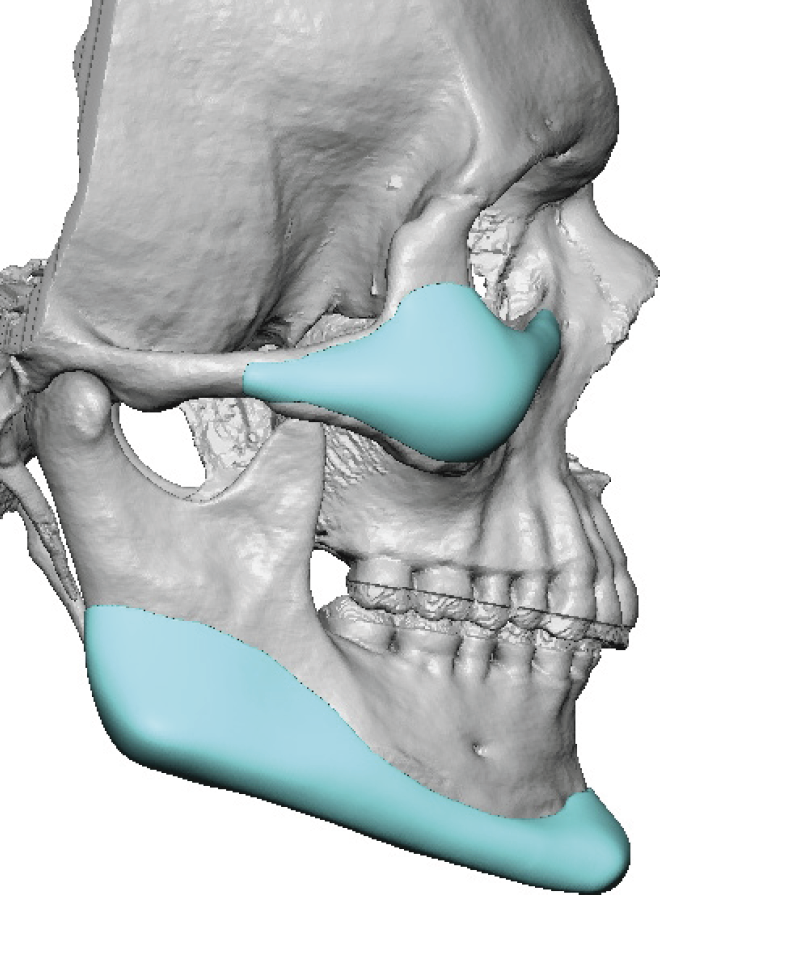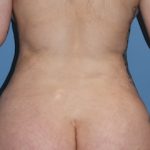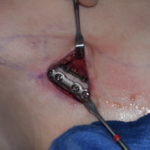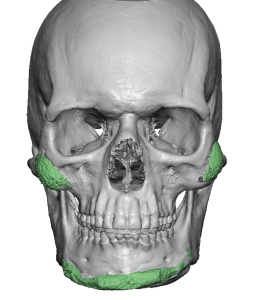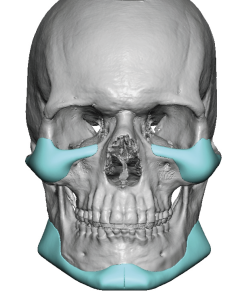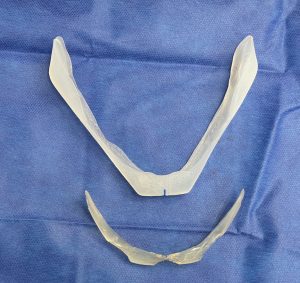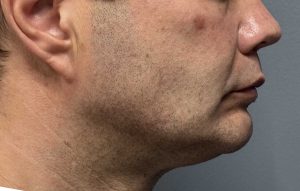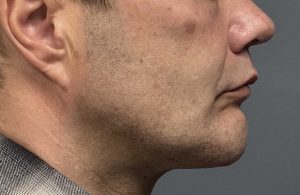Background: While the custom jawline implant has the most powerful effect at changing the shape of the lower face the implant design alone does not necessarily indicate its outward effects. There is always the significant influence of the thickness of the overlying soft tissues particularly in the jaw angle area. The patient that gets the most definition from their custom jawline implant usually has a thinner soft tissue cover. Thicker tissue patients often achieve less than their desire definition as the overlying soft tissue has a blunting effect on the implant design.
While the thickness of the overlying soft tissues has an effect on the implant design prominence the other soft tissue issue is laxity or looseness. This potential soft tissue issue is obviously more of a concern in the older patient who has the onset of facial aging as well as the patient who may have lost a large amount of weight. As a result the older patient poses some different considerations then that of the younger patient in custom jawline implant designs.
Interestingly there are different in opposite soft tissue considerations between that of the chin and the drawl angles in custom jawline implant designs. In the chin it is more of a restriction issue. The soft tissue chin pad is tightly adherent to the bone and as a result they are limitations as to how much forward and vertical chin elongation can be done. In the jaw angle area, however they is a different type of soft tissue restrictions. While the skin can stretch almost limitlessly the underlying masseter muscle is what poses stretch limitations from the effects of jaw implant expansion. There is not an exact mathematical formula that can tell one what the soft tissue restrictions are in the chin and jaw angle area. This relies on a lot of clinical experience to develop a feel for each individual patient’s implant design.
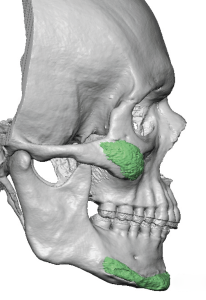
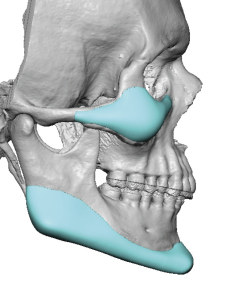
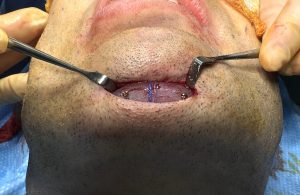
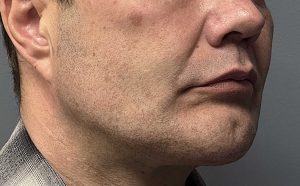

Key Points:
1) About 1/3 of all custom jawline implant patients are those who have had a prior chin implant surgery
2) Many unsuccessful chin implant results are those placed in patients in which the complete three dimensional needs of the chin augmentation is not recognized.
3) How much definition that can be achieved with a custom jawline implant is partially dependent on the thickness of the overlying soft tissues.
4) When the chin is vertically lengthened as part of a custom jawline implant an existing vertical chin pad cleft becomes more superiorly located. (the chin cleft became more of a chin dimple)
Dr. Barry Eppley
World-Renowned Plastic Surgeon

